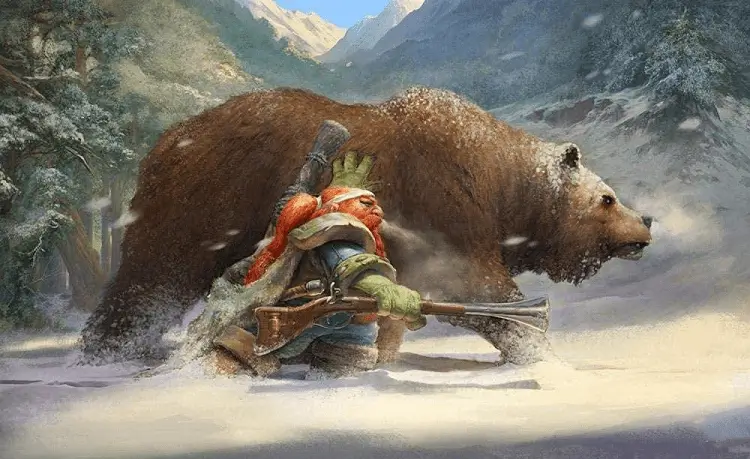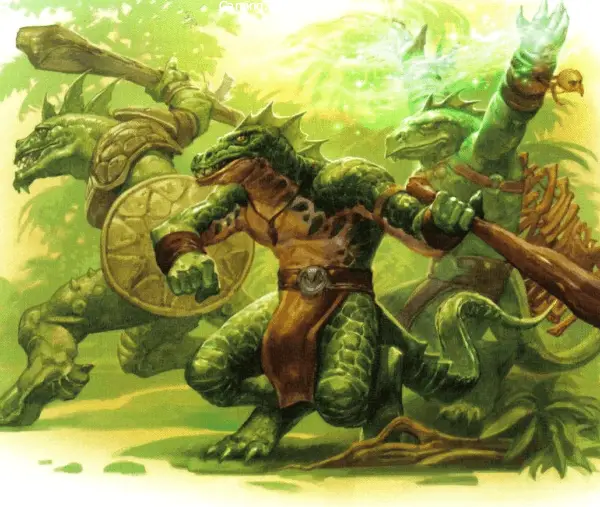Your nature-loving class can go to the next level with a Speak with Animals 5e guide. This D&D spell lets players talk back and forth with animals.
I love animals in and out of games. When I first played a Ranger Class, all I knew about Speak with Animals was what it said in the Player’s Handbook.
However, the more I learned and thought outside the box, the more fun I had.
With my guide to Speak with Animals 5e, you can also get the most out of it. You might even have things to add that I didn’t even think of.
Carl Jung once said, “Everyone you meet knows something you don’t know but need to know.”
Speak with Animals 5e
Source: Player’s Handbook
1st-level divination (ritual)
Casting Time: 1 action
Range: Self
Components: V, S
Duration: 10 minutes
School – Divination
Class – Bard, Druid, Ranger
For the duration, you gain the ability to understand and talk to animals. Many beasts’ knowledge and awareness are limited by how smart they are, but at the very least, beasts can tell you about nearby places and monsters, as well as anything they can see or have seen in the past day. Depending on what the DM says, you might be able to get a beast to do you a small favor.
What is Speak with Animals D&D 5e?
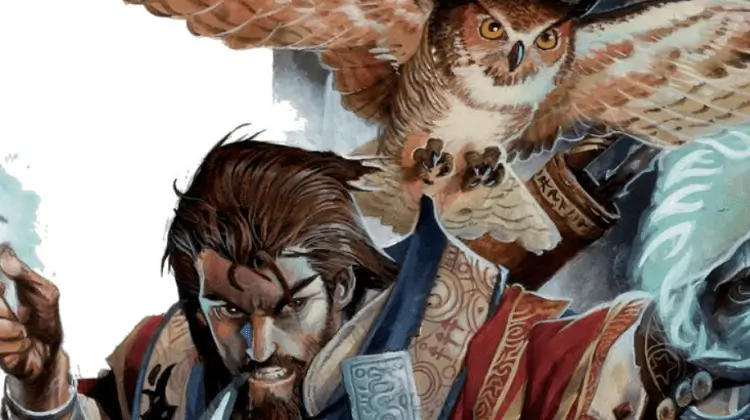
Dungeons & Dragons has a spell called “Speak with Animals.” You can read about it on page 277 of the Basic Rules. As long as the spell is working, the description says, you can understand and talk to beasts.
But not all animals can talk because their low intelligence keeps them from doing so. Most animals can tell you where to go, where to find food and water, and what happened to them in the last 24 hours.
If you find a smart beast, you might be able to talk to it as if it spoke a language like Common or Sylvan. Your creativity and the DM’s choice are the only limits.
What is a Beast in DnD 5e?
Beasts are not like people, according to the official rules. But not all animals that are not humanoid are beasts. Most beasts aren’t very smart, and they don’t have a common culture or language.
If you’re not sure if something is a beast, the DM can check quickly because every creature has a type. Other kinds are aberration, celestial, construct, dragon, elemental, fey, fiend, giant, humanoid, monstrosity, ooze, plant, and undead.
A beast in Dungeons and Dragons does not have to have fur. He doesn’t have to be one. The beast tag has to be put on him. So, that’s it. He’s probably a beast if he’s not one of the other types.
How to Use Speak with Animals 5e
The way to use Speak with Animals isn’t as clear as Eldritch Blast or Magic Missile. Since so much is up to your DM and your imagination, it can be a lot of fun to use.
Perform a Favor
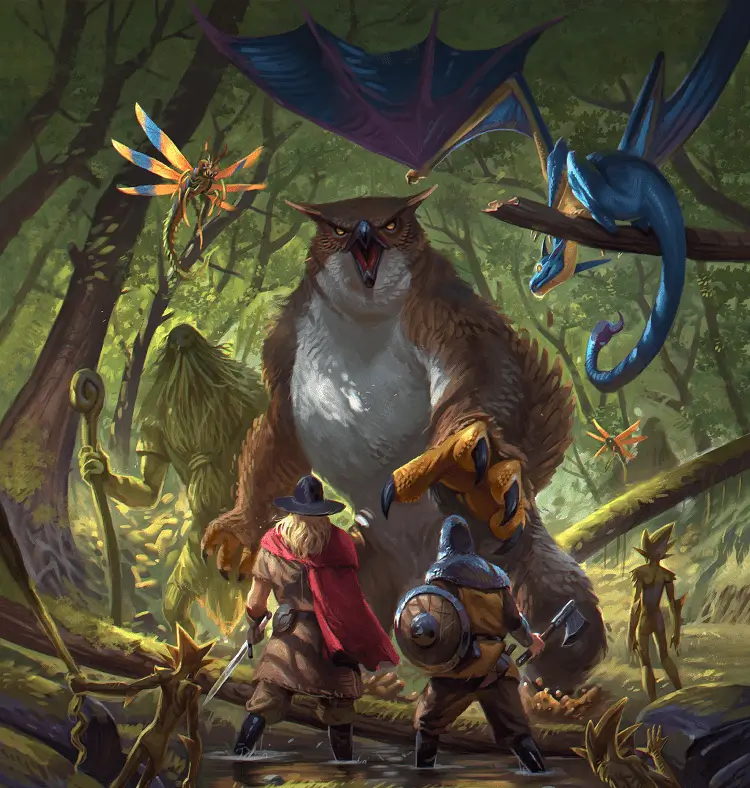
In The Player’s Handbook, this is the main example. Even with the spell, it might be hard to get your point across if the beast is not smart. But smart animals may be able to help you out easily.
Try casting the spell and telling the beast to get something out of a tree, tell the other animals something, or send a message through the forest and into town. There are a lot of options.
Combine with a Skill Check
You can use Speak with Animals with any other skill check. Something like “Animal Handling” is a good example, but you can be very creative with this.
For example, Performance can help you entertain the beast, while Religion can help you connect with the beast on a spiritual level. Again, you can do anything you want.
Ask for Directions
Using Speak with Animals to ask for directions is a simple and well-known way to use it. This doesn’t need much explanation because all you have to do is ask for directions, if your pride lets you.
Find Out Local Lore
If you fail your checks on the area’s History or Nature, an animal might be able to help. You might be able to find out about dangers in the area, if something is safe to eat, and more.
If you’re lucky, you’ll meet a beast with an interesting story, whether it’s true or not. It’s fun to spend five minutes in a game listening to a good story told by a good storyteller.
Make a New Friend
I like to use Speak with Animals in this way a lot. You can’t make the beast your “pet,” but you can make a good friend out of it. If you talk to one during a break, he might decide to come with you.
It can be your local connection if it doesn’t want to go with you to new places. Talk to it every time you pass through, or ask the beast to send you a message through the long animal grapevine.
Communicate with Your Pet
If you already have a pet, don’t rule out communicating with it using Speak with Animals. You may find your own way to talk to your pet, but Speak with Animals can make sure there are no misunderstandings.
You won’t need this if you know for sure what your pet wants or needs. But sometimes your pet can tell you important things that you can’t find out any other way.
Calm Enemies
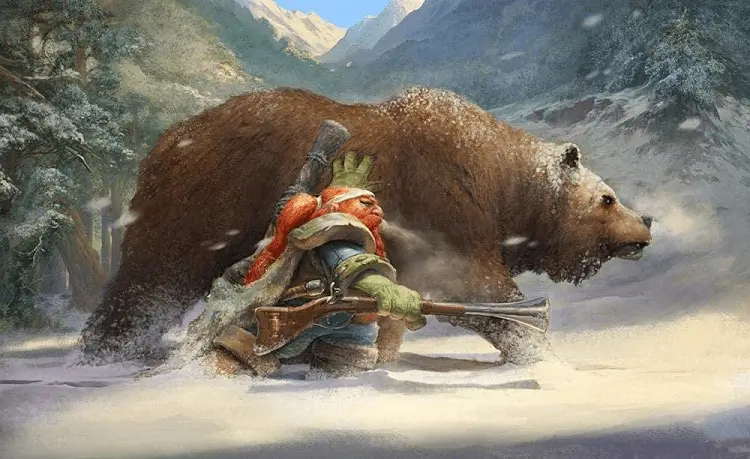
If you have a semi-neutral enemy who is also a beast, you might be able to avoid a fight by talking to them. If someone upsets them, you can use Persuasion to make them feel better.
For example, say you are camping near a Giant Badger hole and someone in your group throws trash into it by accident. You can calm things down by using “Speak with Animals” and telling them what’s going on.
Speak with a Wildshape Druid
This is a funny and effective way to talk to someone at the party. When your Druid is in Wildshape, it can’t use normal language anymore. But with this spell, you can talk to them.
I think that all of the Wildshape forms are animals. But you might need to look at the form to be sure if it is a beast. If not, Speak with Animals will not work.
Speaking with Animals Without the Spell
My favourite part of Dungeons and Dragons is roleplaying and not just reading the Player’s Handbook to learn how to do things. I don’t like people looking for loopholes, but this is different.
I used to have a party member who didn’t use magic. But he could use illusions and tricks to “cast” any Wizard spell he wanted.
He was a magician who could use Fireball by setting fire to balls filled with gas and then throwing them. To make a good DnD character that is a lot of fun to play, you need to think outside the box.
Nature Check
You might be able to talk to a beast in some way if you make a Nature check or an Animal Handling check. You won’t be able to talk back and forth with them, but there are other ways to communicate.
For instance, you might find out that when a small furry animal taps on wood, it means a storm is coming. You can also use something like History, but your chances of learning what you need to know will be lower.
Background Boost – Ex. Folk Hero
If you come from the right kind of background, you might be able to talk to animals in part. Folk Hero is a good choice, since Rustic Hospitality is just vague enough that it can also be used for animals.
A custom background can also work, but the DM must agree to any homebrew. So choose something that isn’t too powerful if you want your homebrew to have a better chance of being accepted.
Forest Gnome
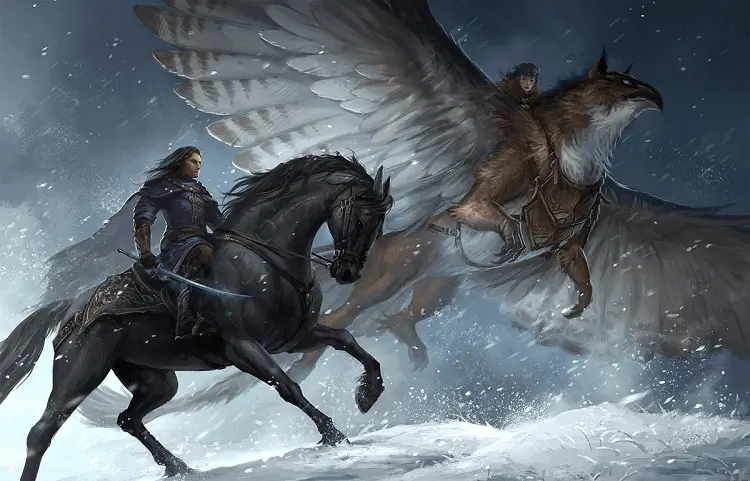
The Forest Gnome can talk to small animals because it is built that way. The Forest Gnome is a type of Gnome that can talk to small animals in a special way.
This is a sure thing for talking to animals, since Forest Gnomes can definitely talk to some animals. So, these Gnomes probably can’t naturally talk to big animals.
Ring of Animal Influence
With the Ring of Animal Influence, even people who can’t cast spells can use spells that involve animals. It lets you use Animal Friendliness and Speak with Animals. It’s not quite as easy to find.
Every night, the ring charges for three hours. The DM can let you roll a 1d6 and split it in half, or he can let it fully charge every long rest. You don’t need a magic class.
Learn Their Language
In the 5e world, there are three real languages: Giant Eagle, Giant Elk, Giant Vulture, Giant Raven, and Giant Owl. There may be more, but you’d have to ask your DM how to learn their language.
Since these creatures are considered beasts, you can use the Speak with Animals skill to talk to them. They also have their own language, so it is possible to learn it in any class.
Be Newt Scamander
In the Fantastic Beasts books, Newt Scamander is a wizard, but he doesn’t use spells to talk to animals. Instead, he was born with the ability to talk to wild animals.
He also spent his whole life learning about them. He learned what their little habits and quirks mean. You can do this, too, if you pay attention and focus your campaign on learning to “speak their non-verbal language.”
Speak With Animals 5E Dm Tips
Players often say that their DM makes Speak with Animals pretty useless by making animals too stupid, forgetful, aggressive, etc. to communicate effectively. Don’t be like that DM.
Players who choose a spell like “Speak with Animals” do so because of the unique use it gives them, not because it can give the party more DPR. Don’t make those players feel like they “messed up” because they didn’t choose a simple blasting spell instead.
Instead, give them meaningful roleplaying moments, small hints about their surroundings that an animal would actually know, and maybe once in a while a carnivore that isn’t immediately dangerous.
Try to think about and tell the truth about how big each beast’s world is. A bird may have a huge range, but it probably wouldn’t know anything about an underground camp, for example.
Also, think about the complexities of language, but don’t be a jerk about it. For example, a wolf might say that a spear looks like a “long, shiny tooth,” and it would be up to the player to figure out what that means in human terms.
You could skip the direct dialogue and just talk about the pictures the animal shows the caster. Or you could make the animal paw, chitter, etc. in a way that makes sense to the caster.
But if a player tries to tell a beast what to do, you do need to remind them that beasts have “limited intelligence” and that this spell is part of that. For example, you probably won’t be able to get a squirrel to grab a sapphire from a desk. Asking him to pick up the “blue rock about the size of an acorn on the flat wood” might work.
But if there are more than one sapphire on the table and one of your players needs a certain one, your squirrel might bring back the wrong one.
Basically, you should try to think and act like an animal would in each situation. I also think it would be good to talk to players outside of the game about the limits of Speak with Animals so they don’t get upset with it.
FAQs
Who Can Use Speak with Animals 5e?
Only the Bard, the Druid, and the Ranger have it on their list of spells. But the Paladin’s Oath of the Ancients and the Cleric’s Nature Domain make it possible for those races to also cast the spell.
Can I Use Speak with Animals On Any Beast?
Yes. While the spell is in effect, you can try to talk to any beast. But make sure the creature is a beast before you cast it, or you’ll waste a slot.
How Does Speak with Animals Work?
With Speak with Animals, you can understand what the animal is saying. This makes it easy to get your message across, but it might not work with animals that aren’t very smart.
Does Speak with Animals Work on Familiars?
Short answer: no. You can’t use Speak with Animals on familiars. Familiars aren’t animals, but spirits that look like animals. They also have a bond with their partner on its own.
What are the Requirements for Speak with Animals 5e?
You only need your voice, an action, and a spell slot to use Speak with Animals. As long as you have the spell, which you will have when you start, you can cast it whenever you can take an action.
